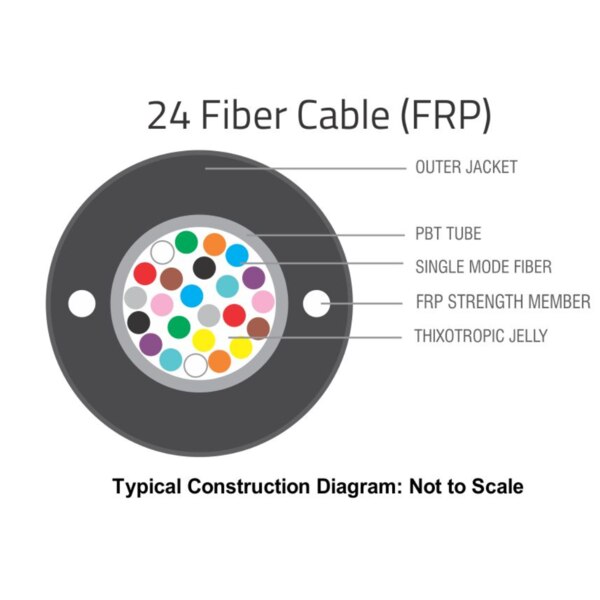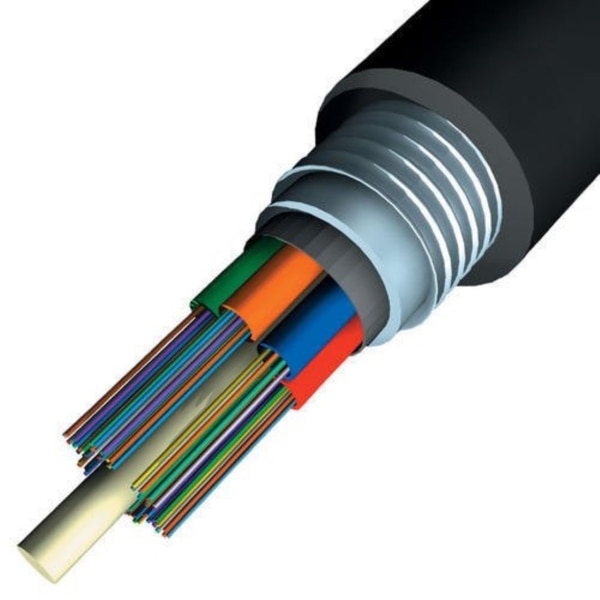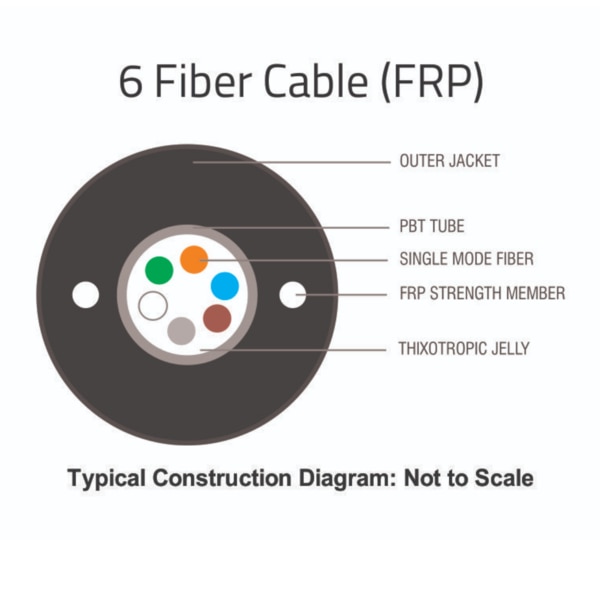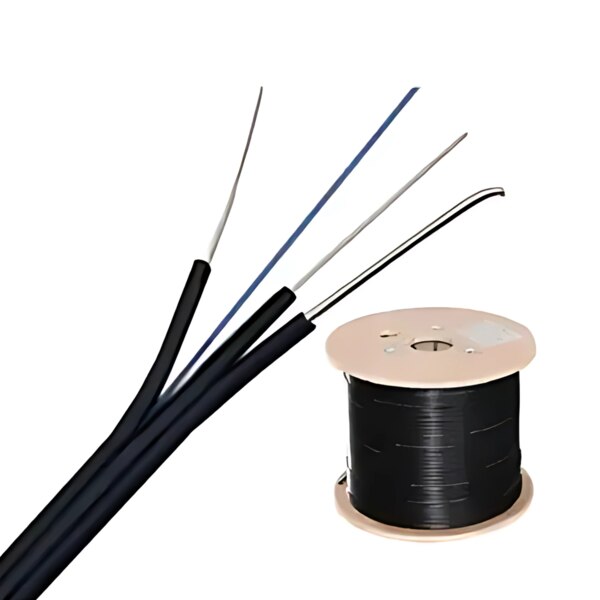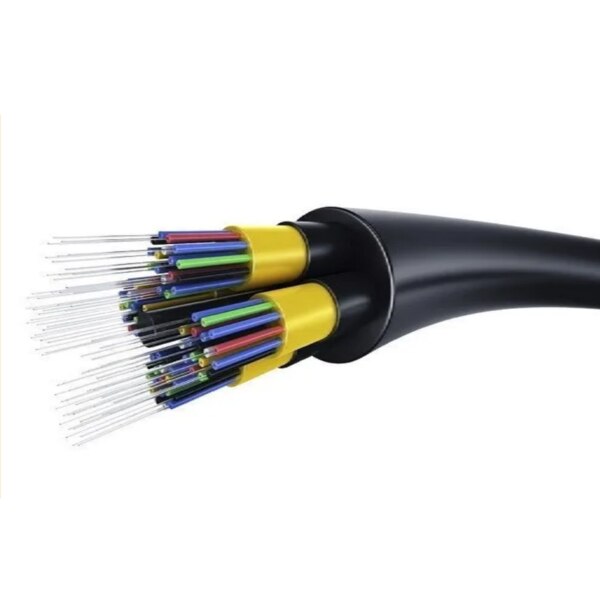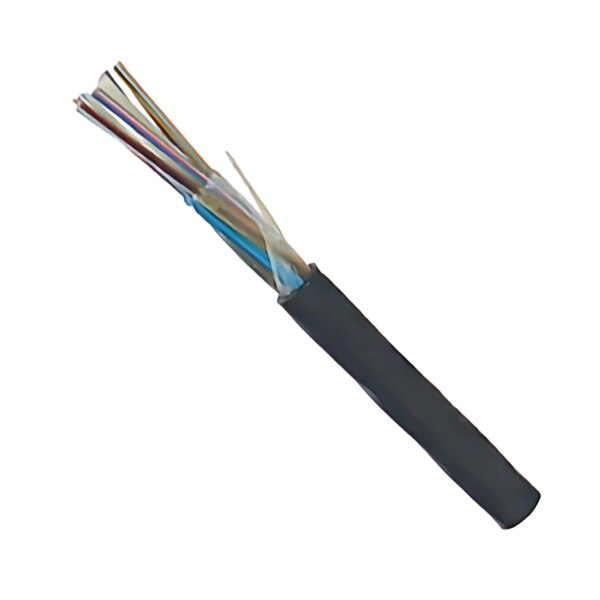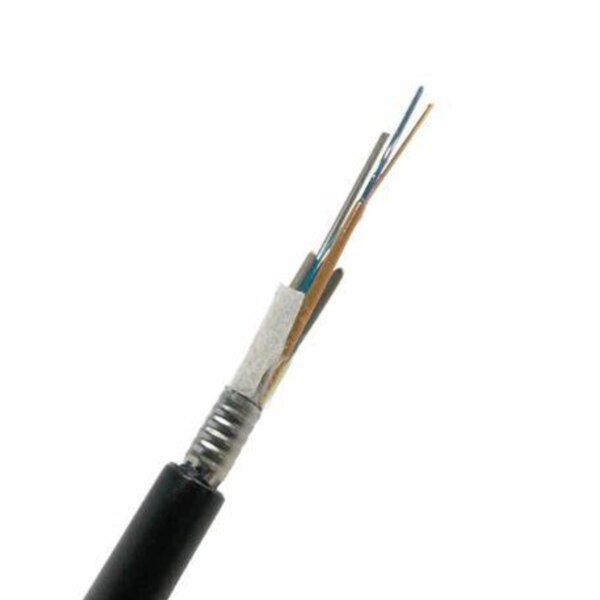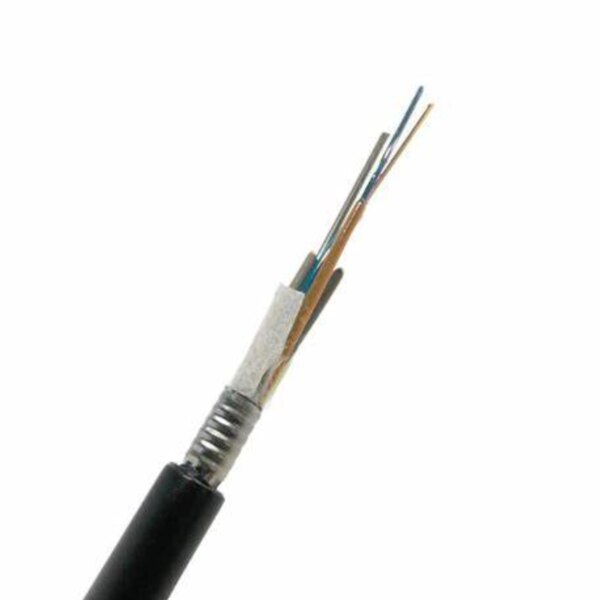Definition: The 24 Fiber Cable (FRP) is a high-capacity optical fiber cable designed for large-scale data transmission and high-speed networking applications. It consists of 24 single-mode optical fibers, enclosed within a PBT tube for mechanical protection. The FRP (Fiber Reinforced Plastic) strength members provide durability and rigidity, while thixotropic jelly ensures moisture resistance. The outer jacket offers environmental shielding, making it suitable for telecommunication, industrial, and data center applications. Key Features: 24 Single-Mode Fibers – High data transmission capacity over long distances. PBT Tube Protection – Shields fibers from mechanical stress and external impacts. FRP Strength Members – Enhances structural strength and reliability. Thixotropic Jelly Filling – Prevents water ingress and enhances longevity. Outer Jacket Protection – Ensures environmental shielding for harsh conditions.
Send Message
